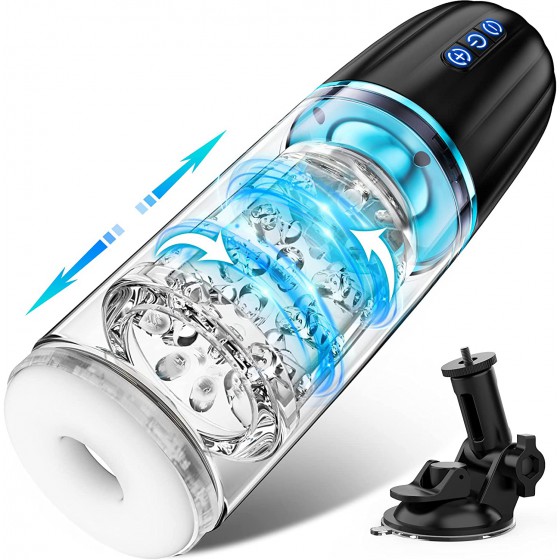A seven-step self-examination method for male infertility.
Generally speaking, if you do not get pregnant without using any contraceptive measures after living together for 2 to 3 years after marriage, it is called infertility. Among the causes of infertility, men account for 40% and women account for 60%. . For those who have been living together without children after marriage, if the wife's examination shows no problem, the man should go to the hospital for examination in order to find out the cause and provide early treatment. The treatment of infertility should be based on the cause. The patient first goes to the hospital for a systematic examination, and then targeted treatment is given after a doctor's diagnosis. This article summarizes the following self-examination methods for male infertility.
Seven-step self-examination method for male infertility:
1. Disease history
It is very important to have a correct understanding of medical records. Doctors must be responsible for the patient and keep the patient's disease confidential. The patient must truthfully tell his or her own situation:
1. Career and work
Have you been exposed to poisons (lead, mercury, phosphorus), radiation, high-temperature operations, exposure time and protective measures, nutritional status, bad habits (cigarettes, alcohol), etc.
2. Past history
Have you ever suffered from gonorrhea, mumps, tuberculosis, epididymitis, prostatitis, pyelonephritis, cystitis or spinal cord injury in the past? Have you had diabetes or hypothyroidism, etc., and the treatment status and effectiveness.
3. Marriage and sexual life situation
Including attitude towards sex life, frequency of sexual intercourse, whether there are nocturnal emissions, impotence, premature ejaculation, etc., whether there was a habit of masturbation before marriage, how the couple's relationship is, whether the sex life is harmonious, etc.
2. Physical examination
Including the examination of the whole body and reproductive organs. The whole body examination is the same as the internal medical examination. Special attention should be paid to development, nutrition and mental state, but the key is the examination of the reproductive organs.
1. Penis
Watch for severe phimosis, induration, inflammation, or dysplasia.
2. Urethral
Whether there are fistulas, fissures and indurations.
3. Prostate
Transanal diagnosis checks its size and whether there are any indurations or lumps.
3. Laboratory examination
In addition to semen examination, examination should also be carried out according to the specific situation of the patient.
1. Semen analysis
It is very helpful for understanding male fertility and is a routine and necessary inspection item for infertility. Inspections include color, quantity, liquefaction time, pH, survival rate and morphology.
2. In vitro heterogeneous insemination experiment
Although routine semen analysis is normal, it cannot fully represent the fertilizing ability of sperm. In vitro heterogeneous insemination experiments can more accurately estimate the fertilizing ability of sperm.
3. Endocrine examination
Gonadotropin-releasing hormone, can know the role of the hypothalamic-pituitary-testicular axis. Testosterone levels directly reflect plasma cell function. Thyroid hormone, adrenosebum hormone, or prolactin can be measured if necessary.
4. Doppler Ultrasound Examination
It helps identify varicocele.
5. X-ray examination
In order to determine the location of obstruction of the vas deferens duct, vas deferens, epididymography, vas deferens, seminal vesicles or urethrography can be used. Hyperprolactinemia can be used to determine whether there is a pituitary adenoma.
6. Testicular biopsy
It is suitable for azoospermia or oligozoospermia, and can detect the spermatogenic function of testicular seminiferous tubules and the development of Leydig cells.
7. Chromosome karyotype analysis
Suitable for external reproductive organ malformations, testicular dysplasia and azoospermia of unknown cause.













